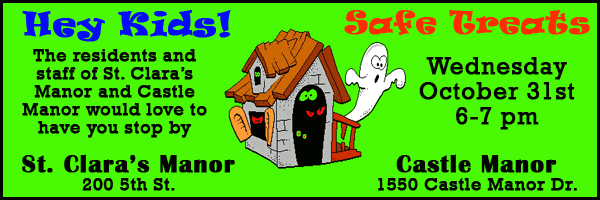| ||||||||||||
| ||||||||||||
"It can be painful if you play quick," Fowler said. "You're going to be spending a lot of time standing there. It almost starts hurting your legs and feet when you're just standing there. I learned quickly that you have to be patient."
Criticizing slow play is as easy as shooting fish in a barrel. For all the anecdotal evidence, the fix is not as simple as it might seem. When greens are firm and fast, there are going to be more putts that run 4 feet by the hole. Those aren't considered tap-ins. Rules officials have lobbied for years to reduce the size of the fields because too many players can turn a golf course into the 405 in Los Angeles during rush hour, which is just about any hour.
Meantime, players have a choice -- stand around or slow down.
McIlroy gave golf a jolt of energy with his exciting game, and adding to his appeal was how quickly he went about his business. He can be an inspiration to young golfers not only with the way he plays and his good manners, but his pace. Now, however, even Boy Wonder has joined the ranks of fast players who have learned to slow down.
He traces that to the final round of the 2011 Masters, although he places the blame on his epic meltdown to his swing and his putting, not how long he had to wait. McIlroy was in the last group with Angel Cabrera, as fast as any golfer on the planet. Ahead of them were K.J. Choi and Charl Schwartzel, with Jason Day in the next group.
"I played with Cabrera, who's really quick," McIlroy said. "After that, I realized I'm just going to slow it down a little bit, and it's helped. I hate slow play. I don't want to get frustrated by me playing quick and having to wait all the time. I just sort of try to take my time a little more."
Brandt Snedeker says he has slowed down, which is hard to believe. Snedeker walks fast and talks fast, and even his practice strokes on the putting green are done in rapid-fire succession. He learned that from his father, Larry, who instilled in his sons at a young age not to make anyone behind them wait. That's the only way Snedeker knows.
But even he concedes to marching to a slightly slower beat.
"Otherwise, I'd end up waiting all day," Snedeker said. "We're conditioned to slow play. Unfortunately, it's become that way. I wish we could play every round under four hours. But you've got to get used to that."
That's what Pat Perez has done. He doesn't slow down. He doesn't like the pace of play. He has just learned to accept it.
Perez was paired with one of the more notorious snails in the final group one year when someone asked him if the pace would hurt his chances. Perez has never blamed his failures on anyone but himself, and he wasn't about to start.
"I wait on every single shot, every single day on the PGA Tour," he said. "I've gotten really used to doing that."
[Associated
Press;
Copyright 2012 The Associated Press. All rights reserved. This material may not be published, broadcast, rewritten or redistributed.

News | Sports | Business | Rural Review | Teaching & Learning | Home and Family | Tourism | Obituaries
Community |
Perspectives
|
Law & Courts |
Leisure Time
|
Spiritual Life |
Health & Fitness |
Teen Scene
Calendar
|
Letters to the Editor